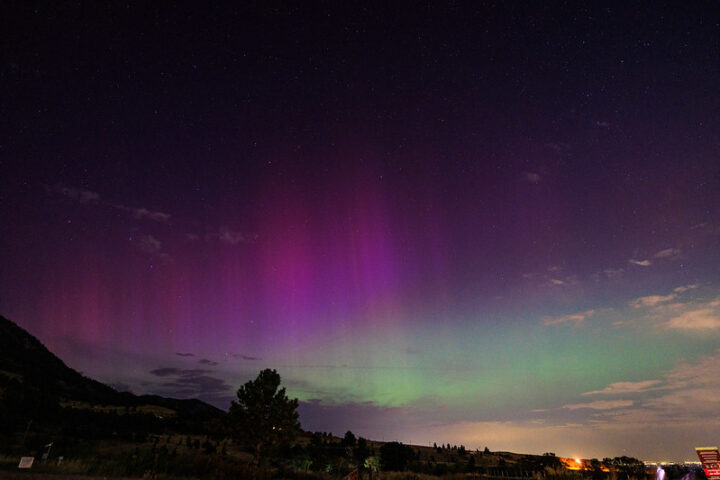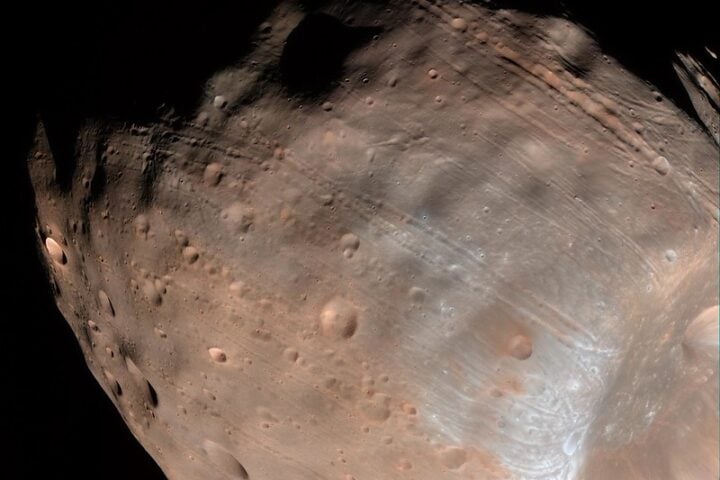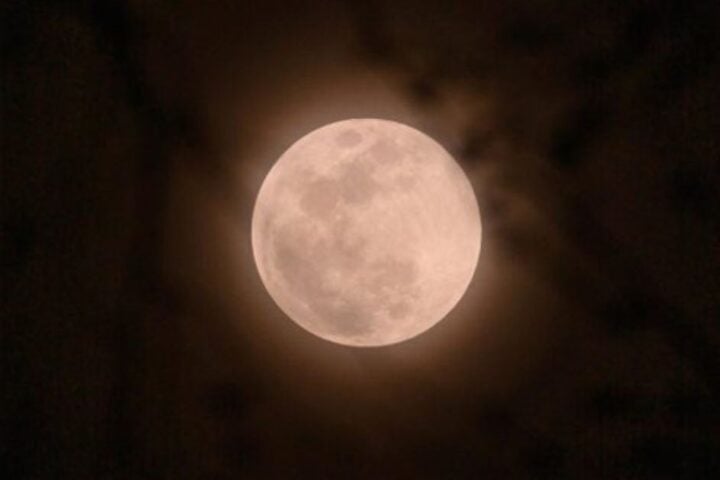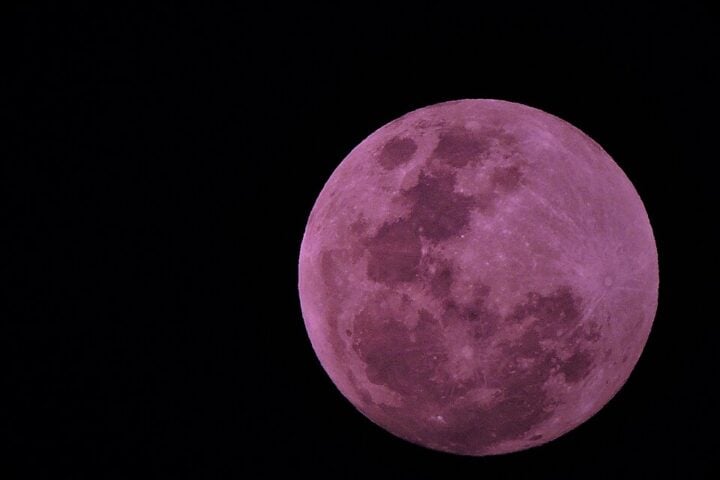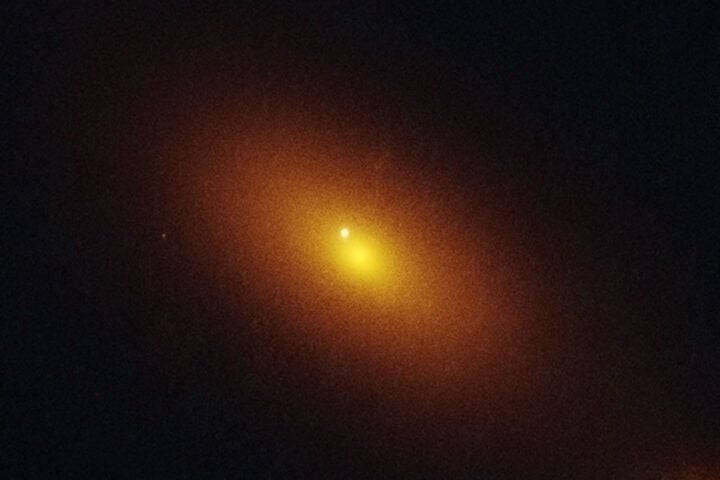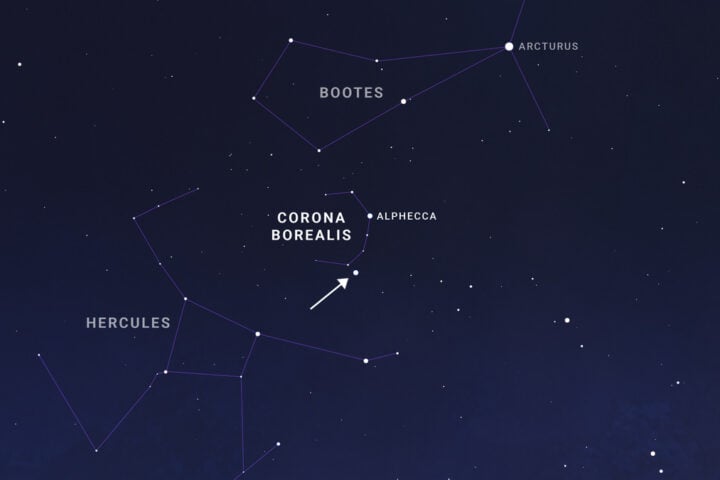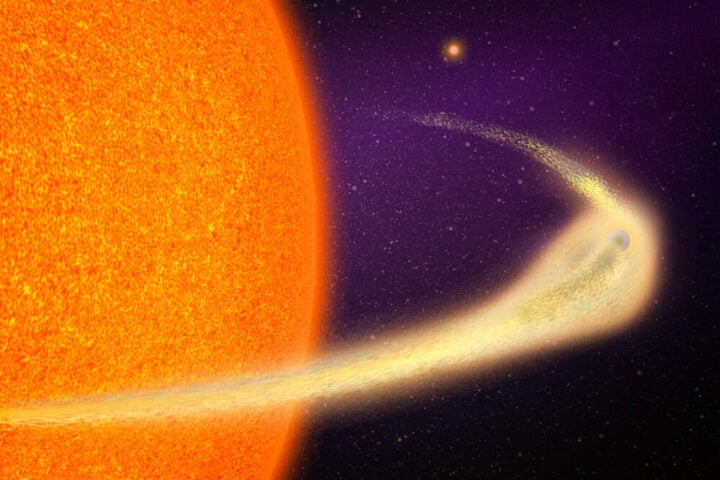A swath of North America will witness a total solar eclipse on April 8th, a cosmic phenomenon that will momentarily plunge more than 30 million people into darkness and, in addition to awe, will offer a unique opportunity for science, NASA officials stated on Tuesday.
NASA Administrator Bill Nelson emphasized that eclipses have a special power, moving people to feel a kind of reverence for the beauty of our universe. He noted that this rare sight was last observed in North America in 2018.
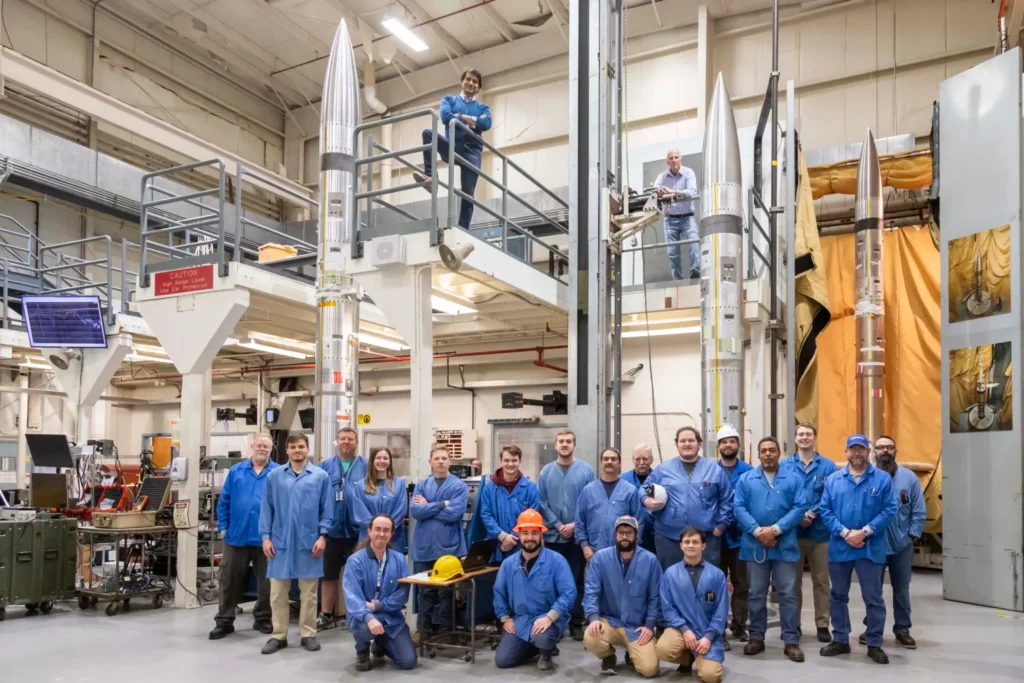
The total solar eclipse, which occurs when the Moon positions itself between the Sun and the Earth, will have a path of about 115 miles (185 kilometers) of what has been called total darkness and will last about an hour, during which, people in the specified areas will experience between 3.5 and 4 minutes of dim light. During these brief minutes, the so-called “solar corona” will occur.
The path, from west to east, will start on the Mexican Pacific coast around 11:07 local time (18:07 GMT), and it is in this country where the longest period of darkness will occur: 4 minutes and 28 seconds near Torreón.
The route will then continue through the United States, beginning in Texas and moving through another 12 states, and will enter Canada through southern Ontario. The darkness path will exit the American continent through the Newfoundland and Labrador peninsula.
Nelson warned to be on the lookout for “unusual behaviors” such as galloping giraffes, crowing roosters, or birds that stop chirping and, like other NASA executives, called on residents to take the recommended safety measures, which include the use of special glasses if looking towards the sky.
The space agency’s administrator added that its power lies not only in uniting us here on Earth but also for science and discovery.
He recalled that in the 2018 eclipse, NASA sent the Parker space probe, which will soon be able to approach the hottest part of the Sun and will allow scientists to “measure a lot of new things.”
In turn, NASA Deputy Administrator Pam Melroy highlighted that the upcoming eclipse will provide an incredible scientific opportunity to observe not only the Sun but also the Moon and the Earth, in completely different ways.
She emphasized that they were going to obtain, amazingly, invaluable scientific information during this eclipse.
NASA’s Eclipse Program Administrator, Kelly Korreck, highlighted that for this phenomenon, the American space agency has not only the twenty satellites that regularly study the solar system’s star, but also rockets, airplanes, and balloons have been arranged, in addition to ground observations.
She added that the focus of research will be the solar corona, the eclipse will allow for studying the planet’s reactions to the lack of sunlight due to the event.
Indeed, NASA plans to launch three rockets from Virginia during the solar eclipse to study disturbances in the ionosphere created when the Moon eclipses the Sun.
The American space agency has planned to launch rockets to study the effects of the reduction of sunlight on the Earth’s atmosphere. This project, named “Atmospheric Disturbances around the Path of the Eclipse” (Apep), represents a significant effort in scientific research on atmospheric behavior during unique astronomical events.
The rockets will be launched from NASA’s Wallops Flight Facility in Virginia. This mission will be led by Professor of Physical Engineering Aroh Barjatya, who heads the Space and Atmospheric Instrumentation Laboratory at the Embry-Riddle Aeronautical University in Florida.
The initiative seeks to take advantage of the total solar eclipse as a unique opportunity to study how the Earth’s atmosphere responds to the temporary reduction of sunlight caused by the Moon’s shadow.
The primary objective of these rocket launches is to collect data on the Earth’s ionosphere, a crucial region that extends between 90 and 500 kilometers above the Earth’s surface.
The ionosphere plays a fundamental role in reflecting and refracting radio signals, as well as in satellite communications. During a total solar eclipse, the ionosphere experiences significant changes in temperature and density, which can affect radio communications and generate large-scale atmospheric disturbances.
The Apep project rockets will be launched 45 minutes before, during, and 45 minutes after the moment of maximum solar occultation during the eclipse. This launch window will allow for the collection of crucial data on how the ionosphere responds to the sudden disappearance of sunlight and its subsequent reappearance.
The instruments onboard the rockets will measure the density of charged and neutral particles, as well as the electric and magnetic fields generated in the ionosphere during the eclipse.





